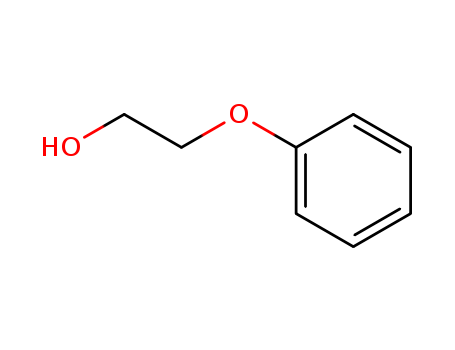- Chemical Name:2-Phenoxyethanol
- CAS No.:122-99-6
- Deprecated CAS:37220-49-8,56257-90-0,1020398-73-5,1020398-73-5,56257-90-0
- Molecular Formula:C8H10O2
- Molecular Weight:138.166
- Hs Code.:2909.49
- European Community (EC) Number:204-589-7,500-013-6
- ICSC Number:0538
- NSC Number:1864
- UNII:HIE492ZZ3T
- DSSTox Substance ID:DTXSID9021976
- Nikkaji Number:J5.360K
- Wikipedia:Phenoxyethanol
- Wikidata:Q418038
- NCI Thesaurus Code:C77054
- RXCUI:89552
- Metabolomics Workbench ID:49444
- ChEMBL ID:CHEMBL1229846
- Mol file:122-99-6.mol
Synonyms:2-phenoxyethanol;Emuclens;Erisept;ethylene glycol monophenyl ether;phenoxethol;phenoxyethanol



 Xn,
Xn, Xi
Xi


